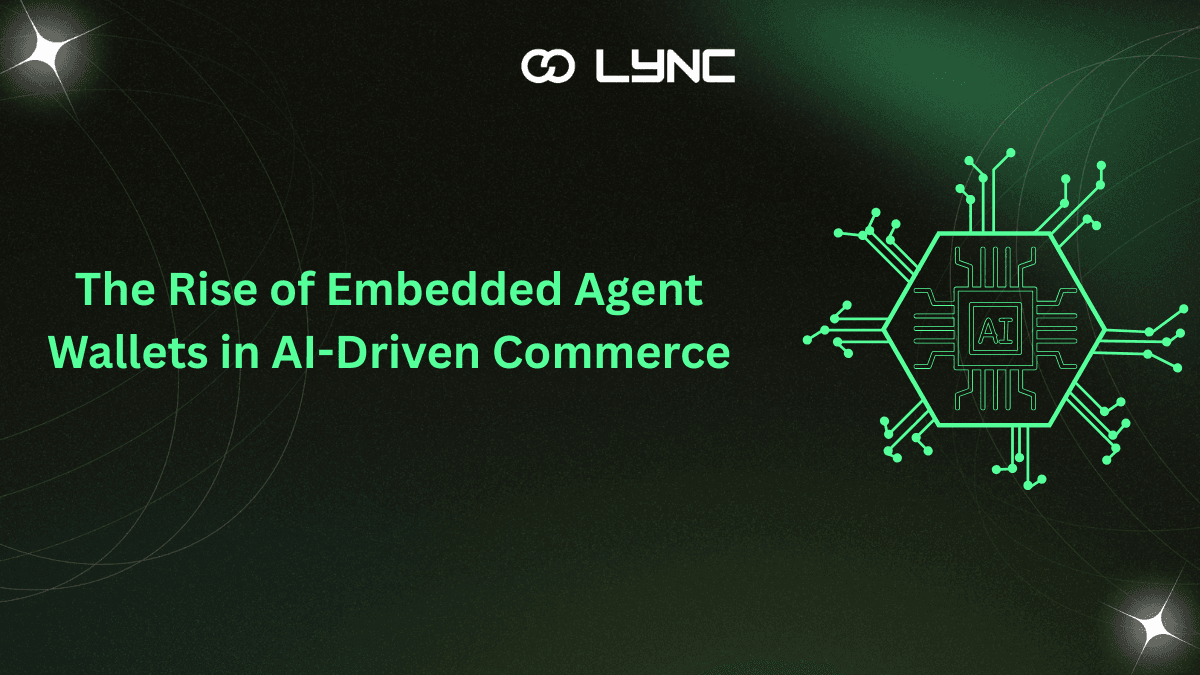
Agent-Based Automation vs. Rule-Based Systems: Which Is More Effective in Web3?
Author

Author
In Web3, automation is no longer just about executing pre-set rules. Traditional agents, also called rule-based agents, follow static instructions: they act when specific conditions are met but cannot reason, learn or adapt to new situations. AI agents, on the other hand, combine perception, reasoning and autonomous decision-making. They continuously analyze the environment, predict outcomes and adjust their actions in real time.
This difference between rule-based and agent-based automation creates significant impact. In fact, by mid-2025, AI-driven activity in Web3 saw a surge of over 86% in active deployment, with millions of wallets leveraging them to optimize yield, rebalance liquidity, and respond to anomalies. This shows that while normal agents remain useful for repetitive, predictable tasks, AI agents are increasingly critical for dynamic, high-stakes operations.
In this blog, we’ll examine how AI agents differ from traditional rule-based agents, their respective advantages and limitations and why AI agents are becoming indispensable in the fast-moving Web3 ecosystem.
Rule-based automation operates on predefined instructions. These systems execute tasks based on specific triggers and conditions set by developers. For instance, a smart contract might automatically execute a transaction when certain conditions are met, such as a token price reaching a specified threshold.
Key Characteristics:
Limitations in Web3:
In the dynamic environment of Web3, where market conditions and user behaviors can change rapidly, rule-based systems may fail to respond appropriately to unexpected events, leading to potential losses or inefficiencies.
Agent-based automation involves autonomous entities, or agents, that perceive their environment and take actions to achieve specific goals. In Web3, these agents can study the market, monitor on-chain activities and make decisions without human intervention.
Core Capabilities:
Benefits in Web3:
Agent-based systems can enhance the responsiveness and efficiency of decentralized applications by making real-time decisions, optimizing strategies and mitigating risks without manual oversight.
| Feature | Rule-Based Systems | Agent-Based Automation |
| Decision Making | Follows predefined rules | Autonomous, based on real-time data |
| Adaptability | Limited to programmed conditions | Learns and adapts to new situations |
| Complexity Handling | Handles simple, repetitive tasks | Manages complex, dynamic environments |
| Implementation | Straightforward for defined tasks | Requires advanced design and testing |
| Use Cases | Suitable for stable, well-defined processes | Ideal for dynamic, unpredictable scenarios |
Despite the advantages of agent-based automation, rule-based systems still have their place in Web3:
In these scenarios, rule-based systems provide efficiency and reliability without the need for advanced AI capabilities.
Agent-based automation is more suitable for:
These applications benefit from the adaptability and intelligence of agent-based systems, enabling more responsive and effective operations in the decentralized ecosystem.
Implementing agent-based automation in Web3 comes with its own set of challenges:
Addressing these challenges involves implementing proper security measures, ensuring transparency in agent decision-making processes and building user trust through education and clear communication.
Web3 is a fast-moving, unpredictable environment. Rule-based automation can reliably handle routine tasks, but it cannot adapt when conditions change or unforeseen events occur. Agent-based automation brings intelligence, context-awareness and adaptability to the table, making it an essential tool for dynamic markets and risk-sensitive operations.
For most Web3 projects, a hybrid approach often works best, combining rule-based systems for stability and agent-based automation for responsiveness. By leveraging the strengths of both, protocols can operate more efficiently, minimize losses and react in real time to market shifts.
October 14, 2025
Every few years, the way we interact with technology changes, and automation follows. In the early days of crypto, smart contracts were seen as the ultimate automation layer. They executed rules exactly as written: no delays, no bias, no middlemen,...
Author
October 10, 2025
In Web3, automation is no longer just about executing pre-set rules. Traditional agents, also called rule-based agents, follow static instructions: they act when specific conditions are met but cannot reason, learn or adapt to new situations. AI agents, on the...
Author
October 9, 2025
Web3’s promise of decentralized finance (DeFi) has unlocked new financial frontiers, from borderless lending to algorithmic liquidity management. This rapid expansion, however, comes with volatility. Protocols now face evolving risks, fragmented data and market movements that outpace human oversight. The...
Author
October 7, 2025
Web3 threats are evolving faster than humans can respond, making early detection critical to prevent loss. In the first half of 2025 alone, over $2.17 billion was stolen from crypto platforms, making it more devastating that 2024. In fact, by the...
Author
October 7, 2025
Software development has always been about solving problems faster and more efficiently. In the early days, programmers spent countless hours searching through forums like Stack Overflow, copy-pasting snippets, and manually debugging errors. Then came IDEs with autocomplete and linting, followed...
Author

October 3, 2025
The financial world is at a pivotal inflection point. Traditional Finance (TradFi), centuries old, regulated and deeply institutionalized, continues to underpin the global economy. At the same time, Decentralized Finance (DeFi) has emerged as a radical alternative: borderless, algorithmic and...
Author

September 29, 2025
The Decentralized Finance (DeFi) ecosystem has evolved into one of the most high-velocity trading environments in the world. Operating 24/7 without pause, it demands constant vigilance, near-perfect timing and an ability to process immense amounts of fragmented data across exchanges,...
Author

September 26, 2025
Artificial Intelligence is advancing rapidly, with the global AI market projected to grow from $279.22 billion in 2024 to $1.81 trillion by 2030. At the same time, web3 and decentralized finance (DeFi) have matured into widely adopted ecosystems. According to...
Author

July 29, 2025
Imagine shopping online without logging in, scanning a QR code, or worrying about payments. You click “buy,” and an intelligent, invisible AI handles everything seamlessly, processing the transaction and storing your receipt. That’s the promise of Embedded Agent Wallets. These...
Author
Unlock special content and connect with others.
Join our community today!




